Description
Palm Oil is a widely used edible vegetable oil derived from the fruit of oil palm trees, primarily the African oil palm (Elaeis guineensis). It is highly valued for its versatility in cooking and industrial applications, making it one of the most popular oils globally. Palm oil is found in a wide range of products, including cooking oils, processed foods, cosmetics, and biofuels.
Key Features:
- Rich Source of Saturated and Unsaturated Fats: Palm oil is composed of nearly equal parts of saturated and unsaturated fats. It contains a high proportion of palmitic acid (a type of saturated fat) and also provides oleic acid (monounsaturated fat) and linoleic acid (polyunsaturated fat).
- High Smoke Point: Palm oil has a smoke point of about 235°C (455°F), making it ideal for deep frying and other high-heat cooking methods. It remains stable at high temperatures, ensuring the quality of food is preserved during cooking.
- Long Shelf Life: Due to its high content of natural antioxidants like vitamin E (tocotrienols and tocopherols), palm oil has a long shelf life, making it suitable for processed foods and commercial uses.
- Two Forms: Crude and Refined:
- Crude Palm Oil: Has a reddish-orange color due to its high content of carotenoids (pro-vitamin A). This form is less processed and retains more nutrients.
- Refined Palm Oil: Has a light yellow color and a neutral taste. It is commonly used in cooking and industrial applications because of its stable nature and mild flavor.
- Widely Used in Processed Foods: Palm oil is a key ingredient in many processed and packaged foods, such as margarine, baked goods, snacks, instant noodles, and more, due to its texture, stability, and cost-effectiveness.
Benefits:
- Versatility in Cooking: Palm oil’s neutral flavor and high smoke point make it perfect for various cooking methods, including frying, sautéing, and baking.
- Nutrient-Rich: Crude palm oil is a natural source of vitamin A (carotenoids) and vitamin E (antioxidants), supporting skin health and immune function.
- Cost-Effective: Palm oil is cheaper to produce than many other vegetable oils, making it a preferred choice for food manufacturers.
- Sustainability Considerations: When sourced responsibly (through certified sustainable practices), palm oil can be a more land-efficient oil compared to alternatives, as oil palms yield more oil per hectare than other crops.
Product Specifications:
- Source: Extracted from the fruit of oil palm trees
- Color:
- Crude palm oil: Red-orange
- Refined palm oil: Pale yellow
- Flavor: Neutral or mild, depending on processing
- Smoke Point: 235°C (455°F)
- Fat Composition:
- Saturated fat: About 50%
- Monounsaturated fat: About 40%
- Polyunsaturated fat: About 10%
Ideal Uses:
- Frying: Due to its high smoke point, palm oil is ideal for deep frying and stir-frying, providing crispy textures without breaking down.
- Baking: Palm oil is often used in baking to give pastries, cookies, and other baked goods a tender and flaky texture.
- Processed Foods: It is widely used in snacks, margarine, chocolate, and instant foods, providing consistency and extended shelf life.
- Cosmetics and Soaps: Palm oil is also commonly used in beauty products like soaps, lotions, and cosmetics due to its moisturizing properties.
Nutritional Information (Per 1 Tbsp / 14g):
- Calories: 120
- Total Fat: 14g
- Saturated Fat: 7g
- Monounsaturated Fat: 5g
- Polyunsaturated Fat: 1.5g
- Vitamin E: 10% of daily value (in crude palm oil)
Environmental and Health Considerations:
- Sustainability: Palm oil production has raised environmental concerns related to deforestation, habitat loss, and carbon emissions. To mitigate these impacts, many organizations promote sustainably sourced palm oil, certified by bodies such as the RSPO (Roundtable on Sustainable Palm Oil).
- Health: While palm oil contains beneficial nutrients like vitamins A and E, its high content of saturated fats may contribute to increased cholesterol levels when consumed in excess. Moderation is key for maintaining a balanced diet.
Storage Tips:
- Store in a Cool, Dark Place: To preserve its shelf life, store palm oil in a cool, dry place, away from direct sunlight or heat.
- Avoid Refrigeration: Palm oil may solidify at cooler temperatures, but it will return to liquid form at room temperature without losing quality.

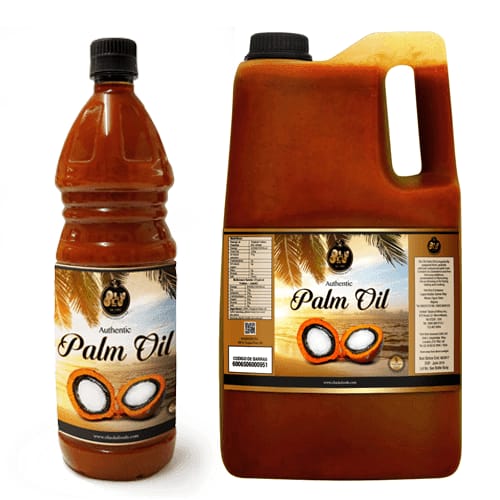

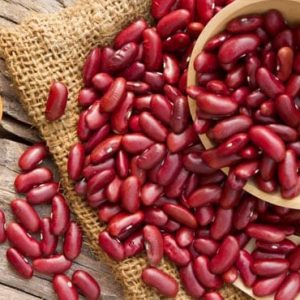
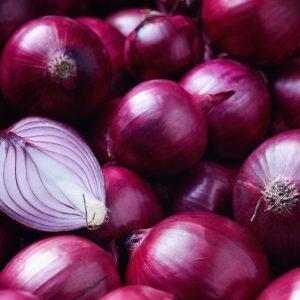
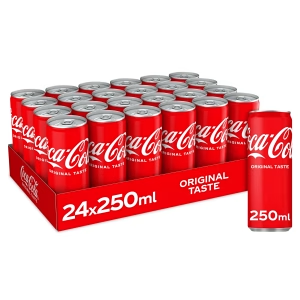
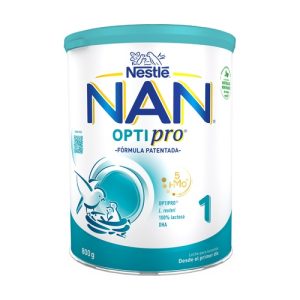


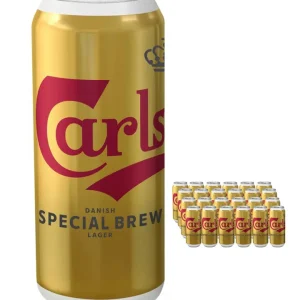

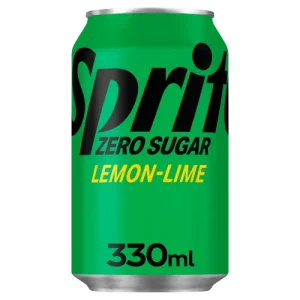

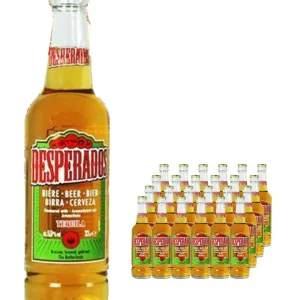
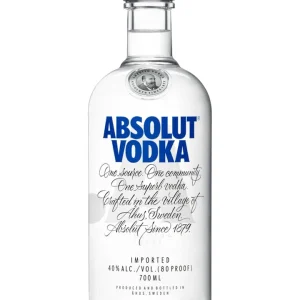
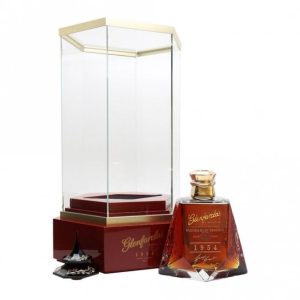

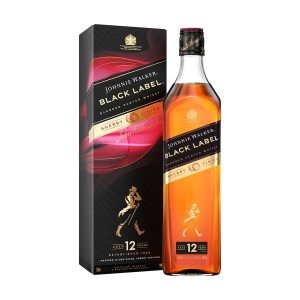

Reviews
There are no reviews yet.